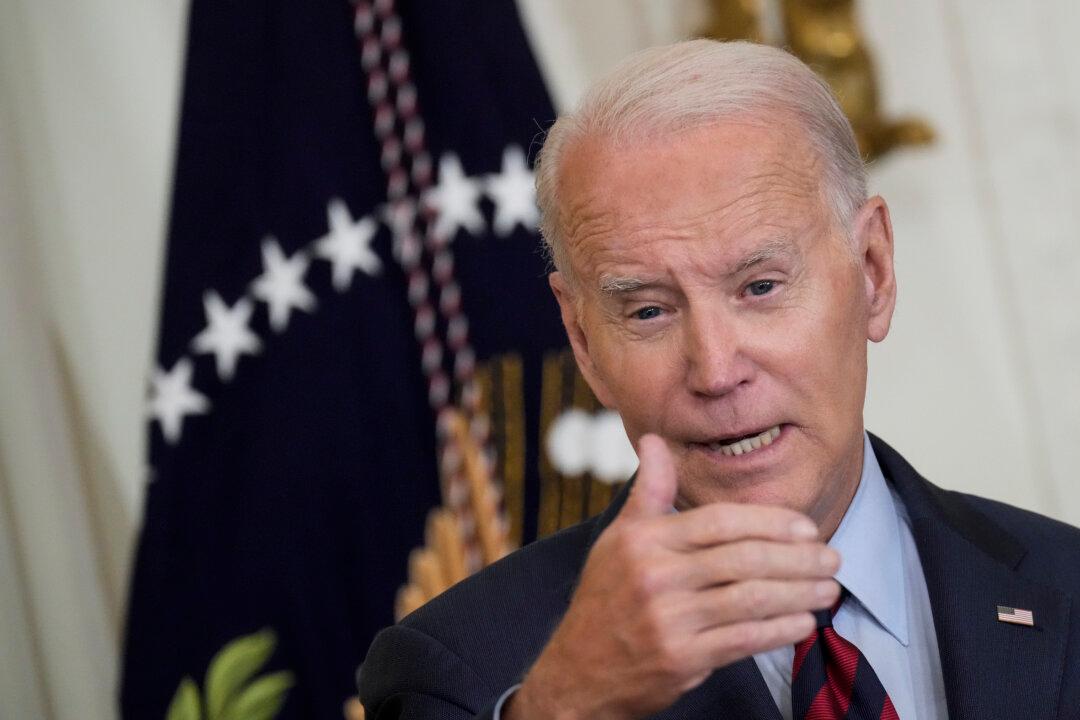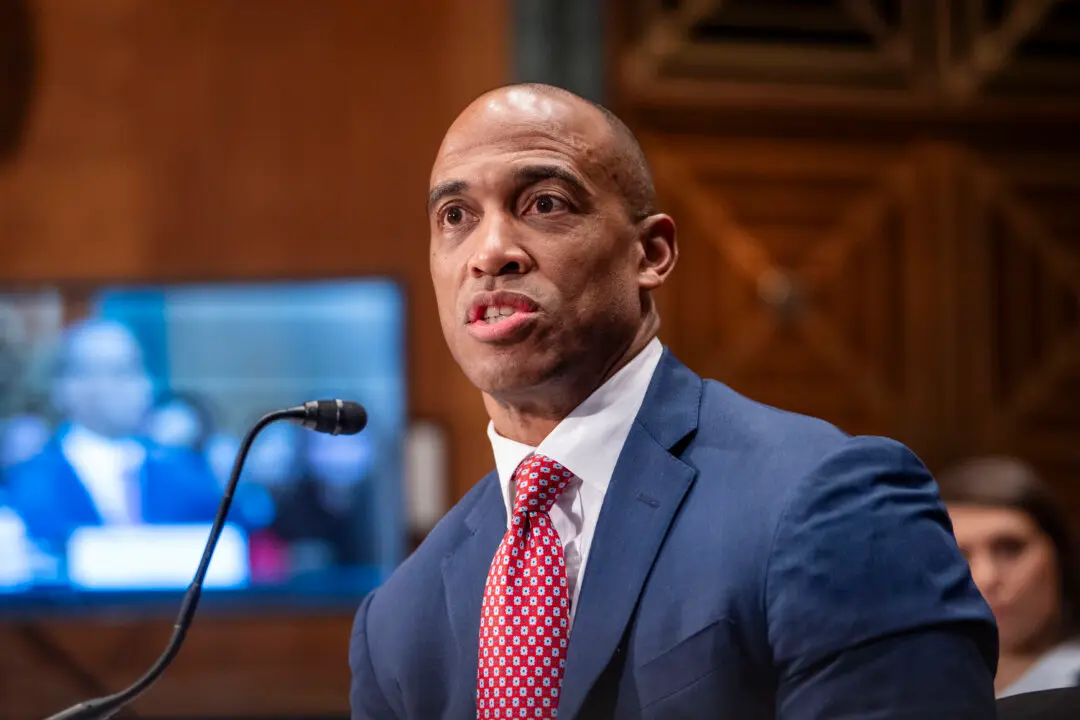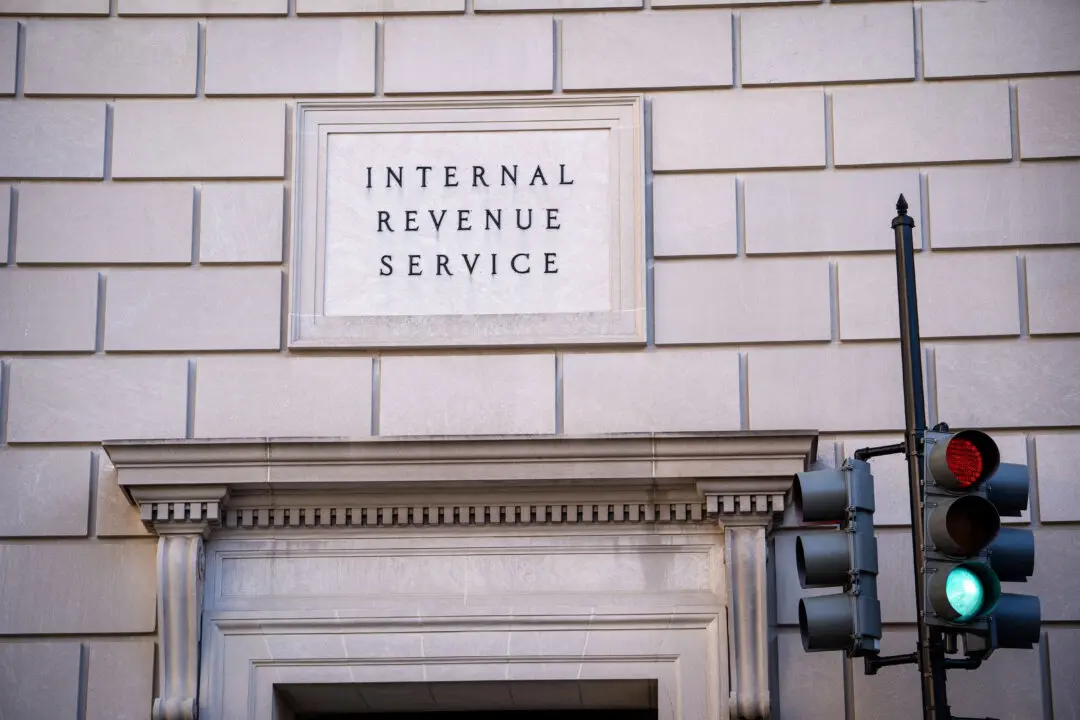The Biden administration is creating a new pandemic preparedness office that will oversee federal efforts in countering large-scale health threats.
“As part of the President’s commitment to ensure that our country is more prepared for a pandemic than we were when he took office, the Administration is standing up the Office of Pandemic Preparedness and Response Policy (OPPR),” the White House said in a July 21 statement.





